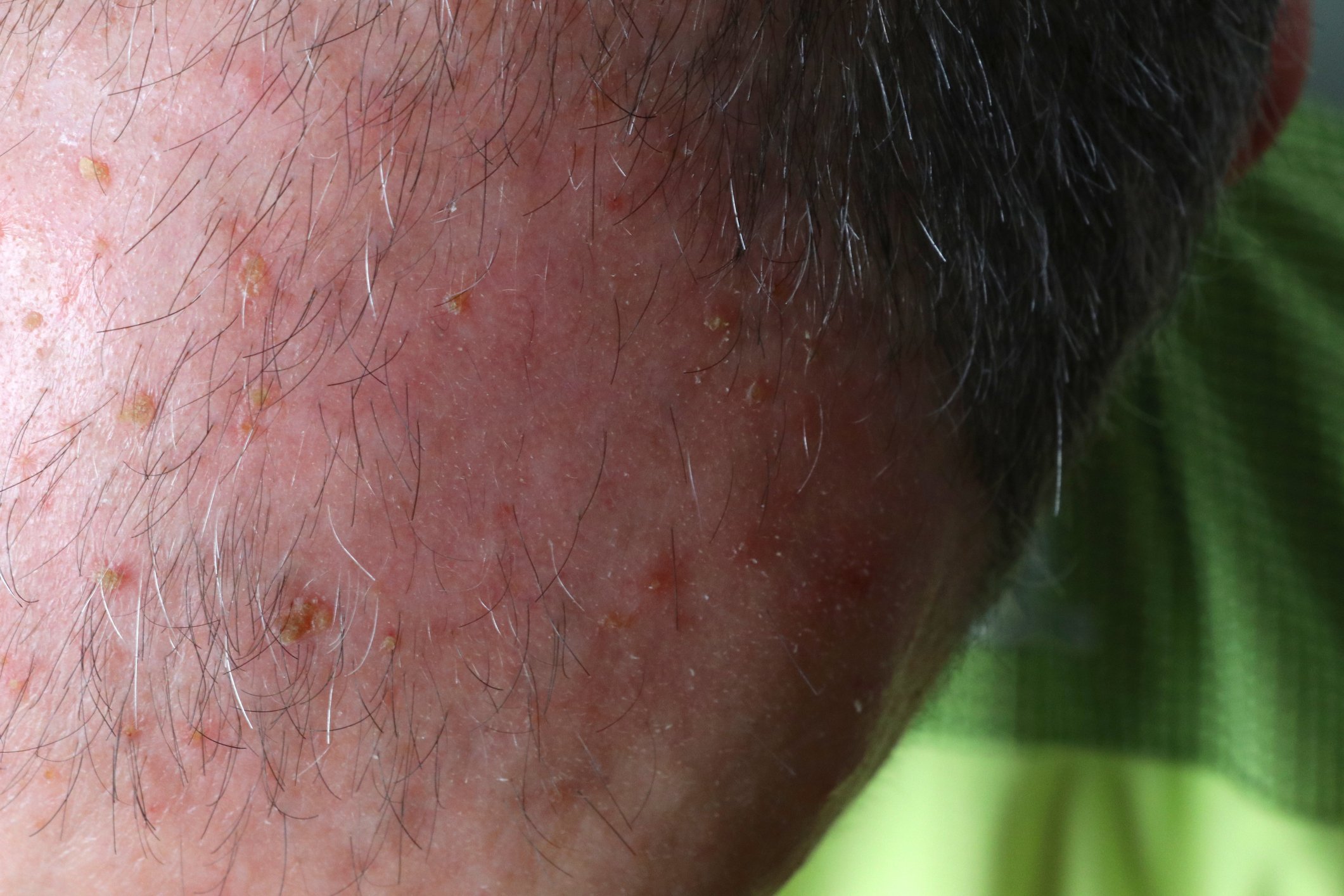Until now, only high-dose steroids have been available for the potentially life-threatening autoimmune disease giant gall arteritis. This has changed with the first commercially available non-steroidal biotherapeutic targeting the IL-6 receptor.
The approval is based on positive results from the phase III GiACTA trial. The study met both the primary and secondary endpoints.
Innovative therapeutic approach
“Until now, only high-dose steroids have been available for the treatment of giant cell arteritis in order to quickly bring the inflammation under control and prevent serious complications such as blindness,” said Prof. Peter M. Villiger, MD, Chief of Rheumatology at Inselspital Bern and a world-renowned RZA expert who conducted the phase II trial in this indication at Inselspital. “However, steroid therapy often fails to keep the disease at bay long-term. The approval of Actemra® has the potential to fundamentally change the treatment of patients with giant cell arteritis.”
Actemra® is the only approved biotherapeutic targeting the IL-6 receptor available in both intravenous and subcutaneous dosage forms for the treatment of adults with moderate to severe active rheumatoid arthritis (RA). In the EU, the preparation containing this active ingredient is known under the trade name RoActemra®. Actemra/RoActemra® may be used alone or in combination with methotrexate (MTX) in adults with intolerance or inadequate response to other antirheumatic drugs (DMARDs and TNF inhibitors). In the latest update of the European League Against Rheumatism (EULAR) treatment guidelines for rheumatoid arthritis, Actemra/RoActemra® is recommended as the only biotherapeutic agent that has been repeatedly shown to be superior to therapy with MTX or other conventional baseline antirheumatic agents as monotherapy.
GiACTA Phase III study
GiACTA (NCT01791153) is a global randomized, double-blind, placebo-controlled study to evaluate the efficacy and safety of Actemra/RoActemra® as a new treatment option for giant cell arteritis. It is the largest clinical trial conducted to date in giant cell arteritis and the first to use blinded, variable-dose, variable-duration steroid regimens. The multicenter study was conducted with 251 patients at 76 study sites in 14 countries.
The criteria for the primary endpoint were met in that Actemra® – initially combined with six months of tapering steroid administration – significantly increased the proportion of patients in sustained remission at one year, both when administered weekly (56%; p<0.0001), as well as in the interval of two weeks (53.1%; p<0.0001) compared with six months of creeping therapy with steroids only (14%).
Criteria for an important secondary endpoint were met by using combination therapy with Actemra® resulted in a significant reduction in the total dose of steroids required over the one-year period to control RZA: 1862 mg (95% CI 1582-1942) with weekly Actemra®-administration and 1862 mg (95% CI 1568-2240) with biweekly Actemra administration vs. 3296 mg (95% CI 2730-4024) with steroid administration alone for 26 weeks.
No new events were observed with regard to safety. The safety profile of Actemra® in RZA is consistent with the documented safety profile of Actemra® in rheumatoid arthritis.
HAUSARZT PRAXIS 2019; 14(7): 36












